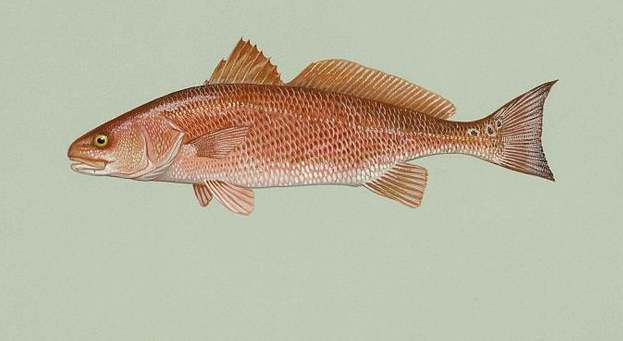By Rebecca Harrington
[dropcap]O[/dropcap]ver 90% of seafood eaten in the US isn’t grown here; it’s imported.
And more than half of it wasn’t caught in the wild, but farmed, either in ocean pens or on land.
The problem with importing farmed fish is that American consumers can’t control the working practices in these fisheries, or how sustainable they are.
Fish farming, a.k.a. aquaculture, can be a disaster if it’s not done right. When conducted in a portioned off part of the ocean without proper regulations, aquaculture can release pesticides, antibiotics, and escaped fish into the wild that can negatively alter the natural ecosystem, according the the Monterey Bay Aquarium.
But most of the seafood we eat in the future will likely be farmed since it has the potential to be much more sustainable than overfishing the oceans to supply a growing demand. A World Resources Institute report predicted that aquaculture production will have to double globally by 2050 in order to feed the 9 billion people on the planet by then.
The National Oceanic and Atmospheric Administration (NOAA) hopes to make more seafood American-grown, especially since aquaculture regulations are much more stringent and sustainable here.
On Monday, the agency announced it would start granting permits for fish farming in the federal waters in the Gulf of Mexico — an area stretching 4.4 million square miles.



![NOAA listed red drum, shown here, cobia, and almaco jack as examples of fish species that could be farmed in the Gulf of Mexico under the new permits. By Raver Duane, U.S. Fish and Wildlife Service [Public domain], via Wikimedia Commons](https://flylifemagazine.com/wp-content/uploads/2016/01/Screen-Shot-2016-01-14-at-11.51.40-AM-600x328.png)